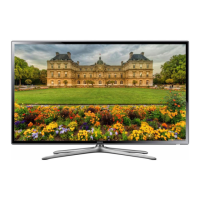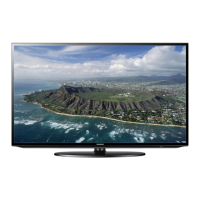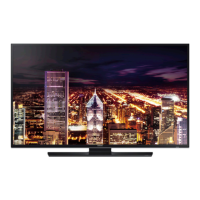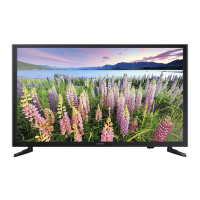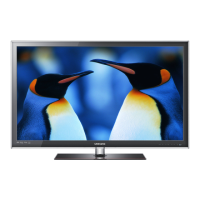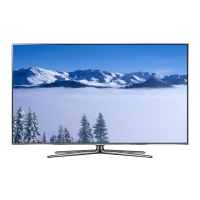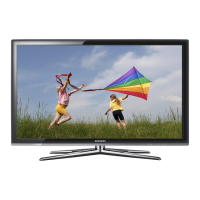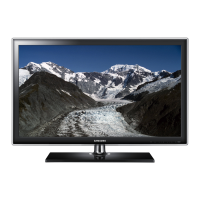What to do if my Samsung UN F6300AF has a distorted picture?
- MmarissathompsonAug 3, 2025
If your Samsung LED TV picture is distorted, the issue might stem from the Main Board, Signal Source, LVDS cable, T CON, or the Panel itself. Start by checking the inner patterns. If there are no problems after checking the HDMI IC, inspect the HDMI source or HDMI jack. If the problems appear before checking the HDMI IC, then check the X10+ pattern, LVDS cable, or T CON.
